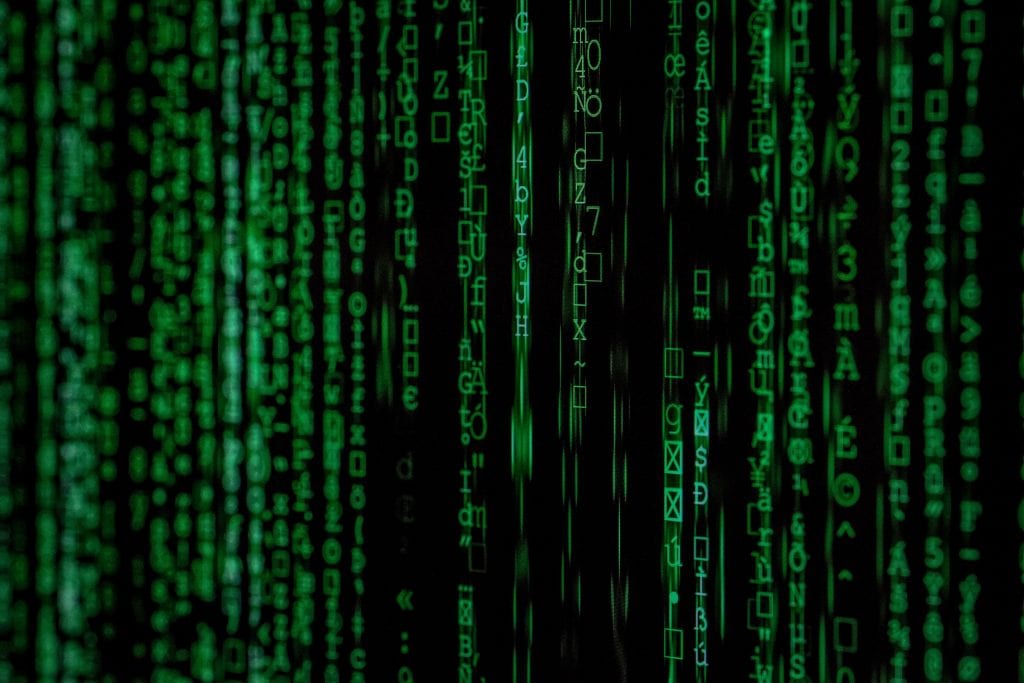Antivirus software is the most reliable and comprehensive solution for dealing with online threats. To assess their severity, consider the most common types of malware attacks.
Viruses
In wide circles, this term is applied to all malware, but viruses are only those programs that can independently enter a computer and add malicious code, or, in other words, “infect” a file, program, or the entire system. A virus infection can result in a system malfunction due to a violation of the data allocation structure or even complete removal of the operating system.
Trojans
Unlike viruses, they do not infect other programs. Trojans also do not enter a computer on their own – attackers disguise them as useful software that the user himself installs. Trojans do even more harm because, in addition to deleting systems and personal files, they can steal confidential information.
Worms
There are malicious programs that are more dangerous than viruses and Trojans due to their high speed of spread using network resources. By instantly calculating network addresses, worms penetrate other computers, create working folders on system disks, and thus lead to system freezes.
Spyware
This software is used to collect confidential information about a specific user through a total scan of the system and working folders of his computer. Spyware functions on someone else’s PC completely unnoticed, without exerting any visible load on the operating system. In addition to obtaining personal data, spyware is used to remotely control someone else’s computer.
Cryptographers
Their main goal is to penetrate a computer, gain access to personal media files and encrypt them to extort funds for their decryption.
Spam
Is a separate type of malicious attack, which is the mass mailing of financial, political, and campaign letters. Attackers use spam for a variety of purposes – from extorting a large sum of money from the addressee to a banal load on mail servers, which leads to the loss of important data.
There is another common and dangerous type of malware attack that should be considered separately.
Phishing
Phishing attacks are becoming more and more threatening over time, which is associated with:
- Mail spam-sending forms by mail to fill in personal data.
- Online phishing – the creation of pages copied from the original sites of social networks, online banking, payment systems.
- Mobile threats – SMS distribution, similar to mail spam, to extract personal data.
How does antivirus work?
Antivirus is still the only effective anti-malware tool, providing comprehensive threat protection.
To understand how antivirus works, let’s consider the main functions of antivirus software:
- Real-time threat protection. This is the basic function of all anti-virus programs, which is every-second monitoring of computer activity and timely protection against all incoming threats.
- Detection of threats. Selective or general scanning is used if the anti-virus is installed on a device that was previously functioning without protection. It is also useful to periodically perform a selective scan of the most vulnerable sectors of the system.
- Password manager. In fact, it is encrypted file storage for storing logins and passwords.
- Payment protection. This function is more often present in advanced versions of paid antiviruses and is aimed at preventing money theft during online payment.
- Antispam. Is a module that filters mail traffic by sending suspicious messages to a separate folder, where media files are blocked when messages are opened to prevent the penetration of worms. Filtering of advertising and campaigning spam is also carried out.
- Antiphishing. It is a module aimed at timely blocking of copy pages that collect the personal data of users.
- Parental control. Advanced settings allow you to set the necessary restrictions when a child works at a computer, thereby protecting him from viewing unwanted content and visiting potentially dangerous Internet resources.
Accordingly, the antivirus repels attacks in several directions at once, while it is designed both to eliminate the problem “in fact” and to prevent new attacks.
Picture Credit: Pexels

